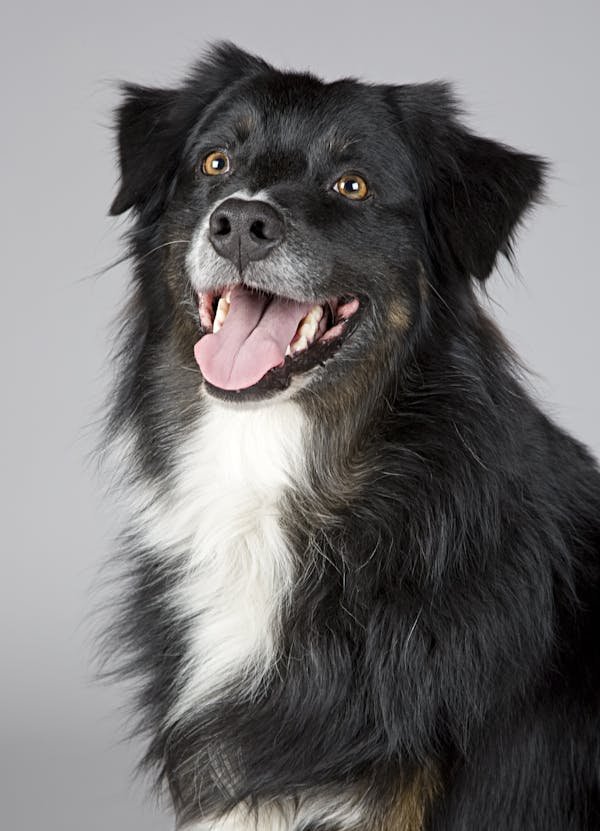As pet owners, we all strive to provide the best nutrition possible for our furry companions. Over the past decade, grain free dog food has emerged as one of the most popular dietary trends in pet nutrition. Marketed as a healthier, more natural option, grain free formulas have flooded store shelves. But what exactly is grain free dog food? Is it better for your dog? Let’s explore the details, benefits, and potential concerns to help you make an informed decision.
What is Grain Free Dog Food?
Grain free dog food is a type of pet food that does not include traditional cereal grains like wheat, corn, barley, rice, or oats. Instead, these formulas typically use alternative carbohydrate sources such as:
-
Sweet potatoes
-
Peas
-
Lentils
-
Chickpeas
-
Tapioca
Grain free food is often marketed as a return to a dog’s ancestral diet—one that’s high in protein and low in carbohydrates. However, modern domestic dogs have evolved to digest a variety of foods, including grains.
Why Do Pet Owners Choose Grain Free Dog Food?
-
Food Allergies or Sensitivities
Many dog owners switch to grain free diets if their pets suffer from food allergies or sensitivities. Symptoms like itchy skin, excessive scratching, ear infections, or gastrointestinal issues can sometimes be linked to dietary grains. -
Digestive Health
Some dogs have difficulty digesting grains, especially corn or wheat. Grain free diets often contain fewer fillers and may help improve digestion and reduce bloating or gas. -
Shiny Coat and Skin Health
Grain free formulas often contain higher-quality ingredients like fish oils and fatty acids, which promote healthier skin and shinier coats. -
Weight Management
With a focus on protein and reduced carbs, grain free food can help manage your dog’s weight and build lean muscle mass. -
Preference for Natural Ingredients
Many pet parents are drawn to the idea of a more “natural” or “holistic” diet that mimics what dogs might eat in the wild.
Are Grains Actually Bad for Dogs?
There is a common misconception that grains are harmful to all dogs. In reality, most dogs can digest grains without any issues. Whole grains like brown rice and oats are excellent sources of fiber, vitamins, and minerals. Grains can be a valuable part of a balanced diet, especially when not overly processed.
Only a small percentage of dogs are truly allergic to grains. In fact, protein sources like beef, chicken, or dairy are more common allergens.
The FDA and Grain Free Dog Food Concerns
In recent years, the U.S. Food and Drug Administration (FDA) began investigating potential links between grain free diets and canine dilated cardiomyopathy (DCM)—a serious heart condition. Some studies suggested that diets high in legumes (like peas and lentils), which are common in grain free foods, may contribute to DCM in certain breeds.
Although the research is ongoing and conclusive evidence is still lacking, this has raised concerns among veterinarians and pet owners. It is recommended to consult a vet before switching your dog to a grain free diet, especially for large breeds or dogs with existing heart conditions.
Things to Consider Before Going Grain Free
-
Consult Your Vet
Always speak with your veterinarian before changing your dog’s diet. They can help determine if your dog has a true grain allergy or sensitivity and recommend appropriate formulas. -
Check the Ingredients
Grain free doesn’t always mean better. Some brands replace grains with high levels of starchy fillers like potatoes and peas, which can still spike blood sugar. -
Protein Quality Matters
Look for high-quality sources of animal protein, such as real chicken, beef, lamb, or fish, as the first ingredient. Avoid formulas that rely heavily on plant-based proteins. -
Life Stage and Breed
Your dog’s age, activity level, and breed can influence whether a grain free diet is suitable. Puppies and active dogs may need different nutrients compared to senior or less active pets. -
Monitor for Changes
After switching to a grain free diet, keep an eye on your dog’s weight, coat condition, digestion, and energy levels. Positive changes can indicate that the food is working well.
Top Grain Free Dog Food Brands
If you’re considering trying grain free dog food, here are some reputable brands to explore:
-
Taste of the Wild – Known for its high protein content and natural ingredients.
-
Blue Buffalo Wilderness – Offers grain free formulas with a variety of protein options.
-
Wellness CORE – A premium grain free brand with added probiotics and antioxidants.
-
Canidae PURE – Limited-ingredient options for sensitive stomachs.
-
Orijen – High-protein, biologically appropriate foods made with fresh regional ingredients.
Final Thoughts
Grain free dog food can be a good choice for certain dogs, particularly those with grain allergies or digestive issues. However, it’s not automatically the healthiest option for every pet. Nutritional needs vary, and what works for one dog may not be suitable for another.
Instead of focusing solely on grain vs. grain free, pay attention to the overall quality of the food, protein sources, and your dog’s specific needs. A balanced, vet-approved diet paired with regular checkups is the best path to a healthy and happy pup.
